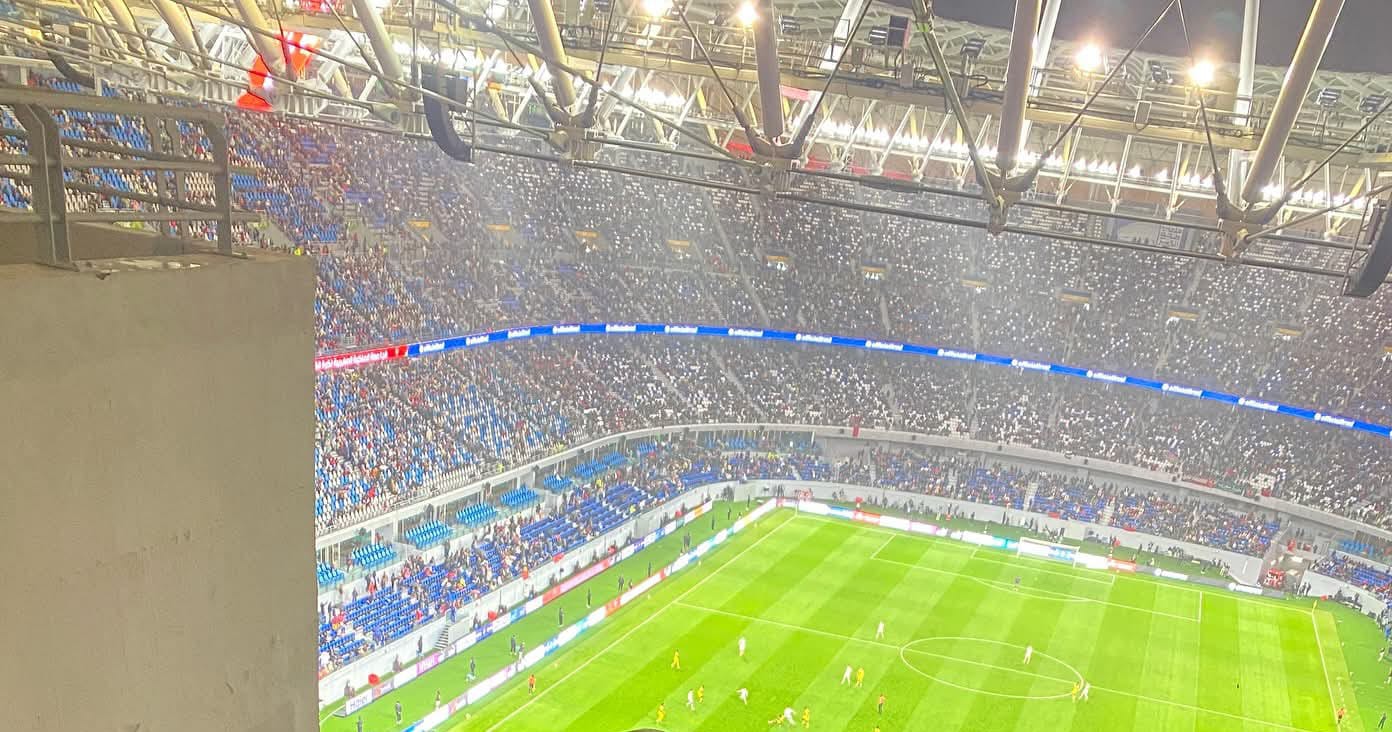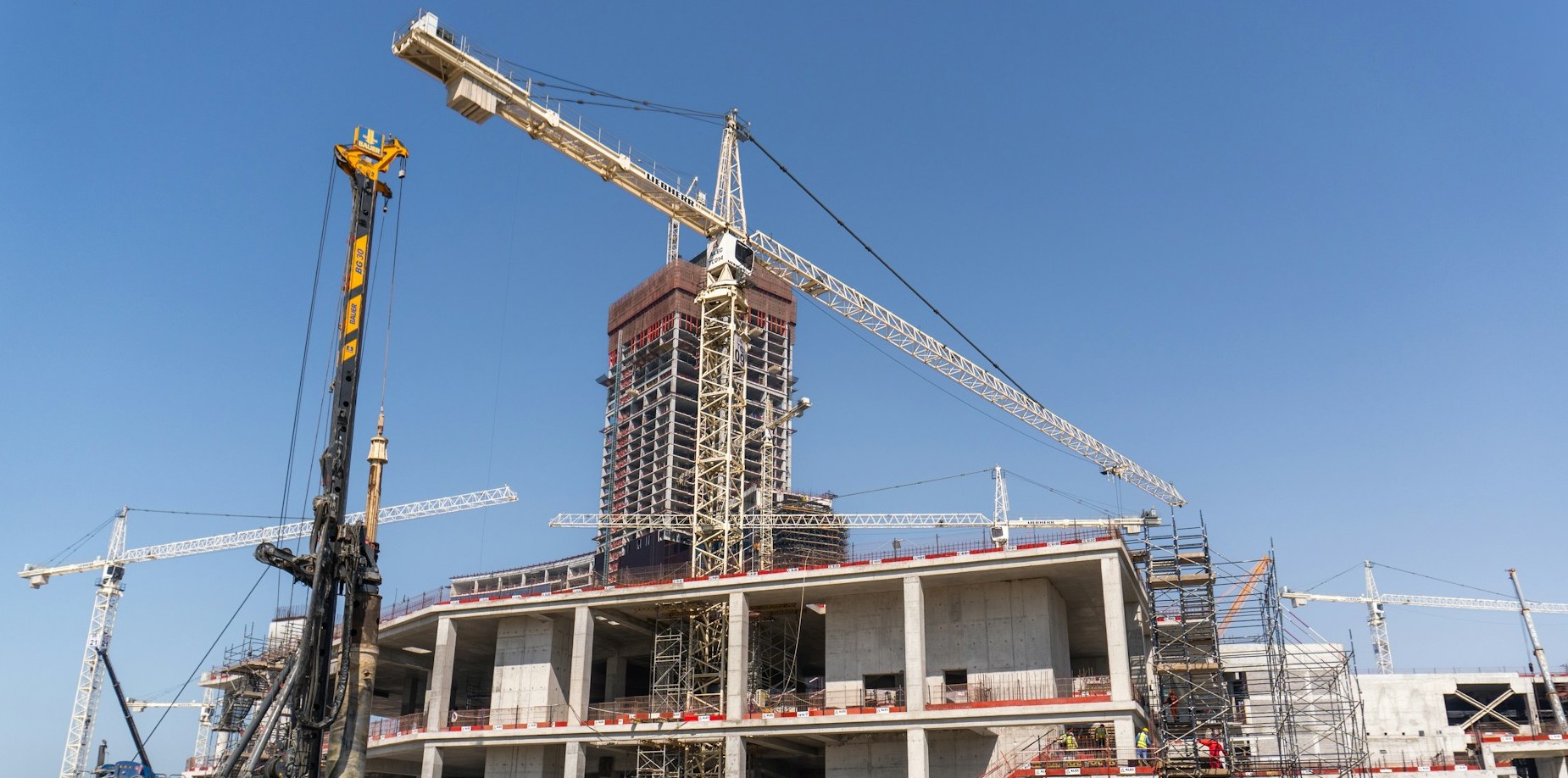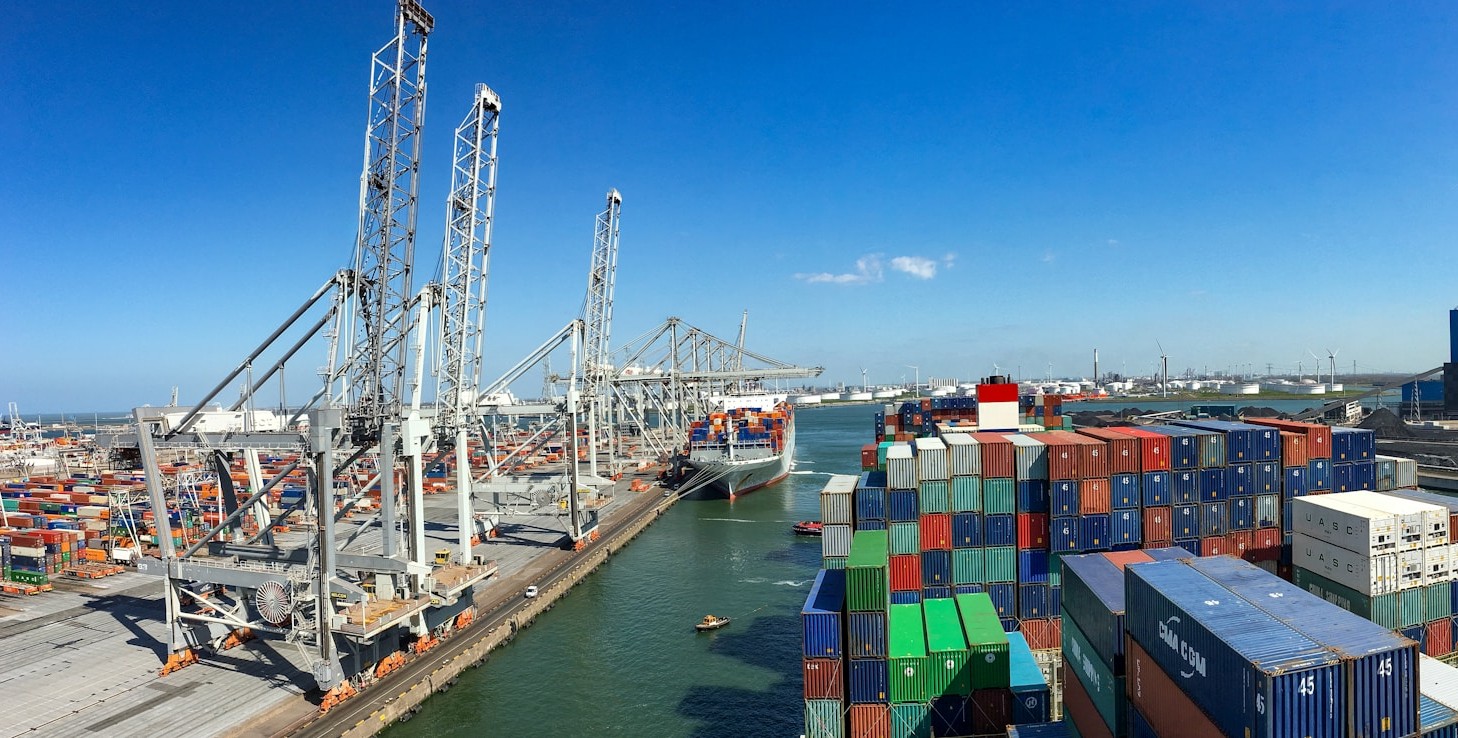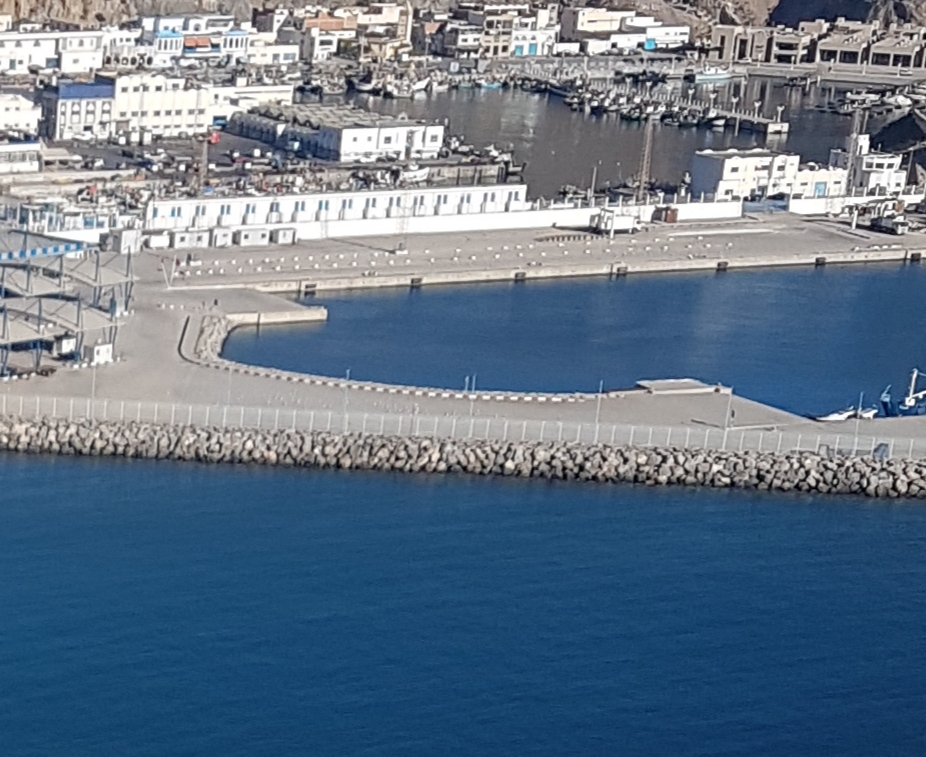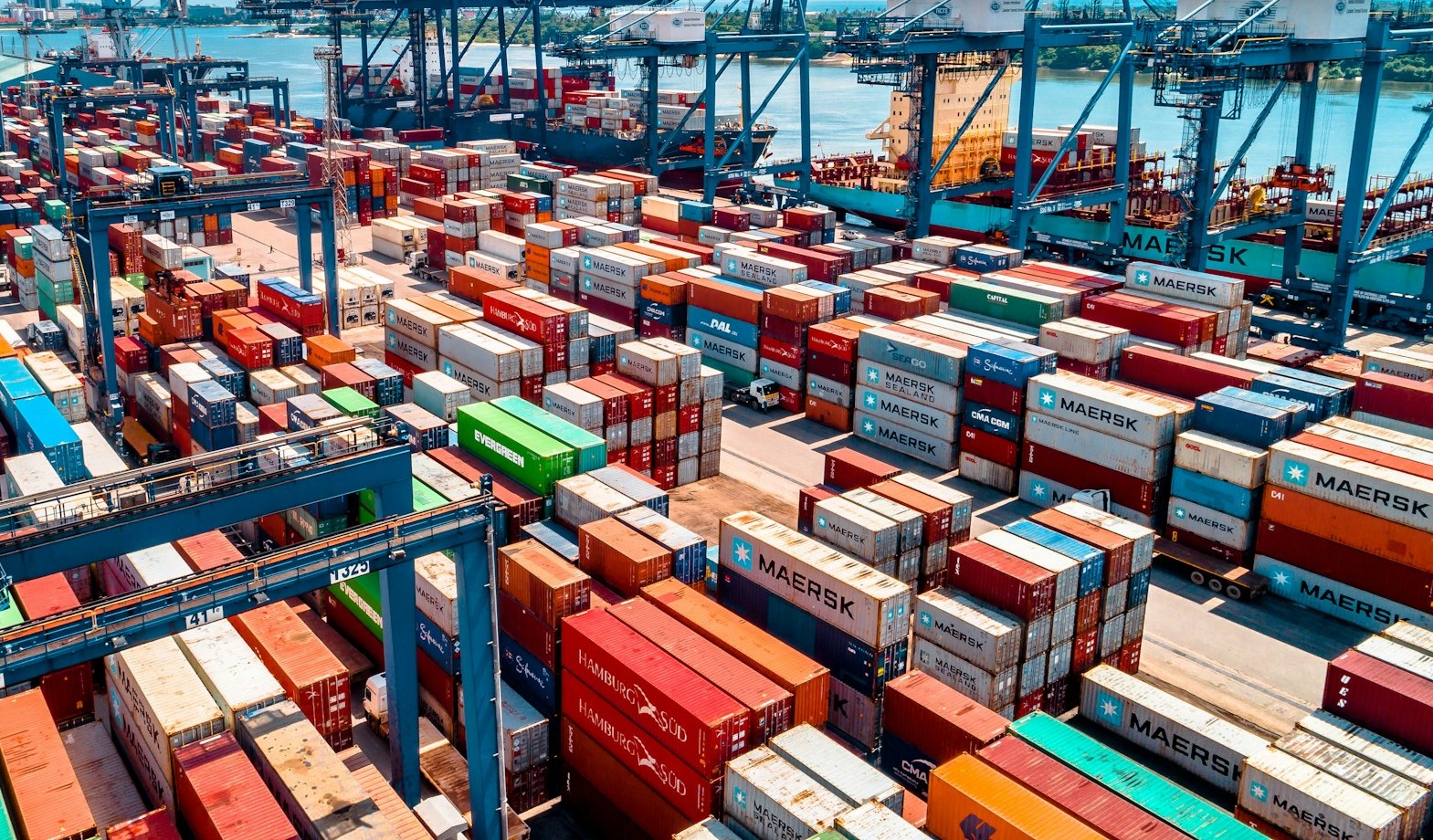Casablanca – Morocco’s ports experienced strong momentum in the first half of 2025, reflecting the country’s growing importance as a maritime logistics hub connecting Africa, Europe, and global markets. According to official data from the Ministry of Equipment and Water, total port traffic reached 130 million tonnes between January and June, representing an 11.6% increase compared to the 116.4 million tonnes handled during the same period in 2024.
This significant growth is largely attributed to the continued expansion of transshipment operations, improvements in export performance, and the strategic development of port infrastructure, especially around major complexes such as Tanger Med.
Transshipment remains a key driver
Transshipment activity—goods transferred from one vessel to another without entering the domestic market—was a central force behind the 2025 port performance. It accounted for 64.2 million tonnes, up 15.5% year-on-year, and represented 49.4% of total port traffic in the first six months of the year. This segment has become a cornerstone of Morocco’s maritime strategy, positioning the country as a competitive hub on global shipping routes, especially across the Strait of Gibraltar.
Domestic traffic and trade volumes grow
Alongside transshipment, domestic port activity (excluding transshipment) also showed notable strength, increasing by 8% to reach 65.7 million tonnes. This growth reflects steady internal demand, improved supply chains, and growing integration between Moroccan regions via coastal shipping routes.
The distribution of overall port activity shows a balanced pattern:
- Imports reached 39.4 million tonnes (+5%),
- Exports totaled 21 million tonnes (+10.8%),
- Cabotage (coastal shipping) climbed to 4.4 million tonnes (+29.1%),
- Bunkering (fueling ships) slightly decreased to 905,800 tonnes (–1.9%), mostly serving vessels passing through Gibraltar.
These results point to sustained growth in both international trade and domestic shipping flows, despite global uncertainties.
Strategic sectors: Containers, phosphates, energy
Several strategic sectors within Moroccan port traffic demonstrated solid growth in the first half of 2025:
- Containerized cargo increased by 10.4%, reaching 6.2 million TEUs (twenty-foot equivalent units). This reflects the growing use of Morocco as a logistics and distribution point for regional and global trade.
- Imported hydrocarbons grew by 5.1% to 6.6 million tonnes, a sign of ongoing energy demand and infrastructure development.
- Phosphates and derivatives rose to 16.5 million tonnes, up 2.4%, maintaining Morocco’s status as a leading global exporter of phosphate-based products.
- Coal imports jumped 13.1% to 5.5 million tonnes, likely driven by rising energy needs and industrial activity.
- International road freight (TIR) rose 8.3%, with 311,495 units handled through port gateways.
These sectors underline Morocco’s growing role in energy, fertilizer, logistics, and trade across the Mediterranean and sub-Saharan Africa.
Challenges in grain and automotive imports
Despite the overall growth, certain sectors faced downturns. Grain imports fell by 7.1% to 5.1 million tonnes, possibly reflecting better domestic harvests or changes in international grain pricing. Additionally, new vehicle imports declined by 8.7%, totaling 316,714 units, which could be linked to shifts in consumer demand, supply chain delays, or tightening import policies.
Passenger and cruise traffic rebound
Passenger movement through Moroccan ports also recorded substantial growth, indicating a post-pandemic recovery in mobility and tourism. A total of 1,610,431 passengers passed through ports by the end of June, an increase of 9.5% compared to the same period in 2024.
Cruise activity saw a spectacular surge of 76.1%, with 170,257 cruise passengers arriving during the first half of the year. This rebound is seen as a positive sign for tourism-dependent coastal cities such as Casablanca, Tangier, and Agadir, and supports Morocco’s wider tourism strategy.
Fisheries see a decline
The only sector showing a notable drop was coastal and traditional fishing. Fishing landings fell by 16.7%, totaling 391,353 tonnes in the first half of 2025. This decline may stem from environmental pressures, overfishing concerns, or shifting marine conditions affecting fish stocks.
Outlook: Morocco strengthens its maritime role
Morocco’s strong port performance in 2025 reinforces its strategic vision of becoming a leading maritime gateway to Africa and beyond. The combination of growing transshipment volumes, stable trade activity, and rising cruise traffic highlights the effectiveness of its port policies and infrastructure investments.
However, the mixed results across sectors like grain, cars, and fisheries underscore the importance of continuing diversification and resilience planning. As the country expands its Atlantic and Mediterranean port corridors and deepens international partnerships, Moroccan ports are poised to remain vital engines of trade, economic growth, and regional connectivity.

